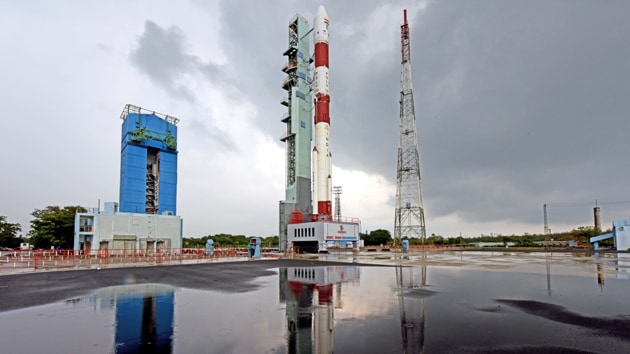Isro begins countdown for PSLV-C49 EOS-01 mission: All you need to know
The primary payload would be the earth observation satellite EOS-01 designed for its uses in agriculture, forestry and disaster management support.
The Indian Space Research Organisation (Isro) has announced the commencement of the countdown for the launch of the 51st mission of Polar Satellite Launch Vehicle (PSLV). The carrier will deliver 10 satellites as its payload with EOS-01 as the primary satellite. An announcement on Isro’s website said that the PSLV rocket will be launched from the Satish Dhawan Space Centre (SDSC) in Sriharikota, tentatively on November 7 at 3:20pm.

The primary payload would be the earth observation satellite EOS-01 designed for its uses in agriculture, forestry and disaster management support. The space agency has also planned to launch nine other customer satellites - one R2 satellite from Lithuania, four Kleos (KSM 1A/1B/1C/1D) satellites from Luxembourg and four Lemur satellites (Lemur - 1/2/3/4) from the United States.
PSLV C49 carrier
The carrier vehicle that is the PSLV C49 is a four-stage rocket and measures 44.5m in total height, as per statistics released by Isro. The fourth and the uppermost stage of the rocket is where two earth storable liquid engines are placed. It is fuelled by the propellant Hydroxyl-terminated polybutadiene (HTPB). The rocket weighs a total of 320 tonnes at take-off and is measured 2.8m in diameter.
Popularly called the ‘workhorse of Isro,’ PSLV series of carriers have been highly successful in their missions to launch satellites into the various orbital levels of the space.
Earth observation satellites
India presently operates the largest constellation of remote sensing satellites, as per Isro records. Data from these satellites are used for various modern-day applications such as covering agriculture, water resources, environment and disaster management, to name a few. Also, the launch of the EOS-01 on November 7 comes after Isro’s successful launch of PSLV-C48/RISAT-2BR1 rocket into the Lower Earth Orbit (LEO) on December 11, 2019.
Covid-19 restrictions
While Isro always had a viewing gallery for most of its launches, this year due to Covid-19 restrictions, only a live telecast of the launch has been planned.






